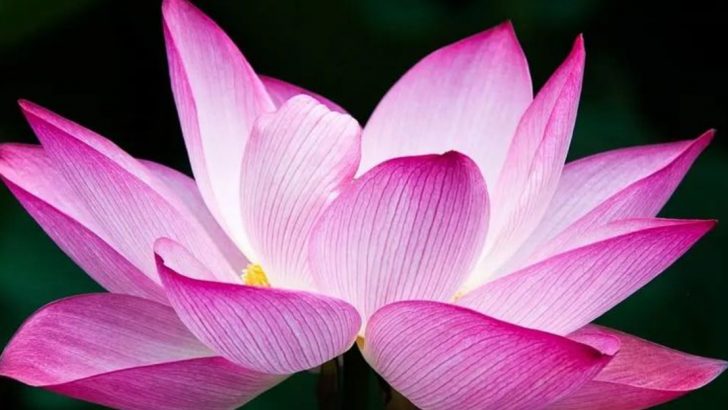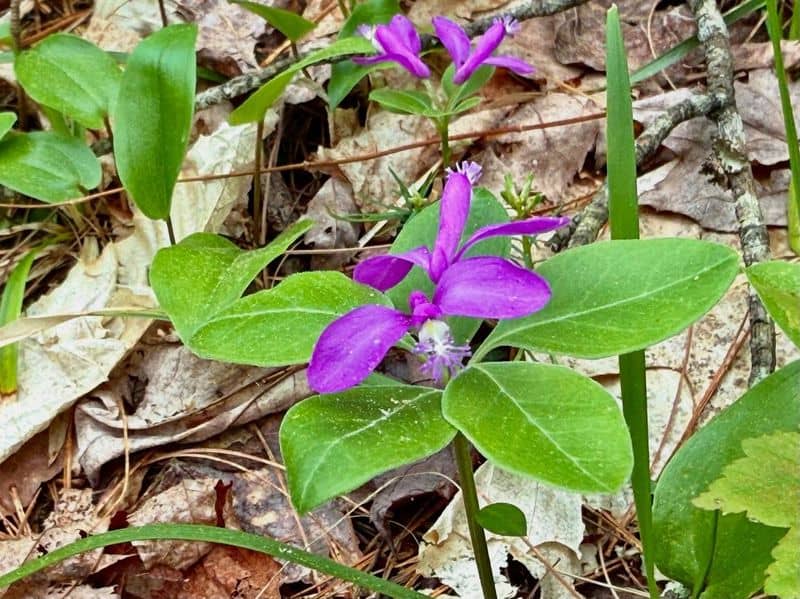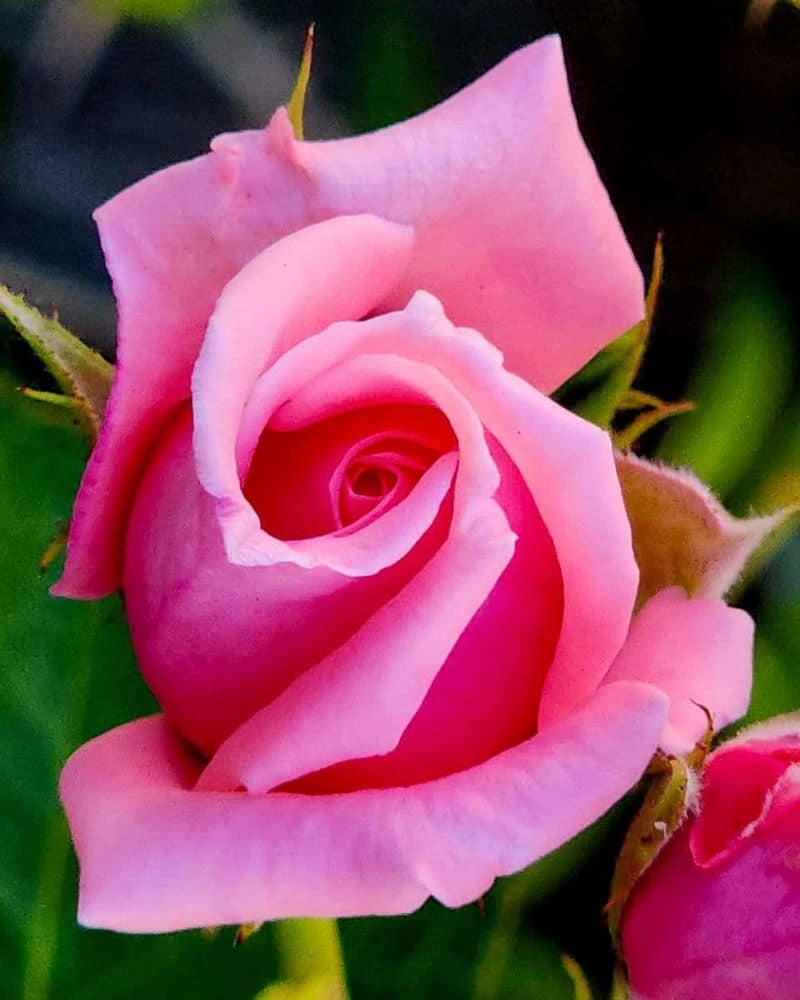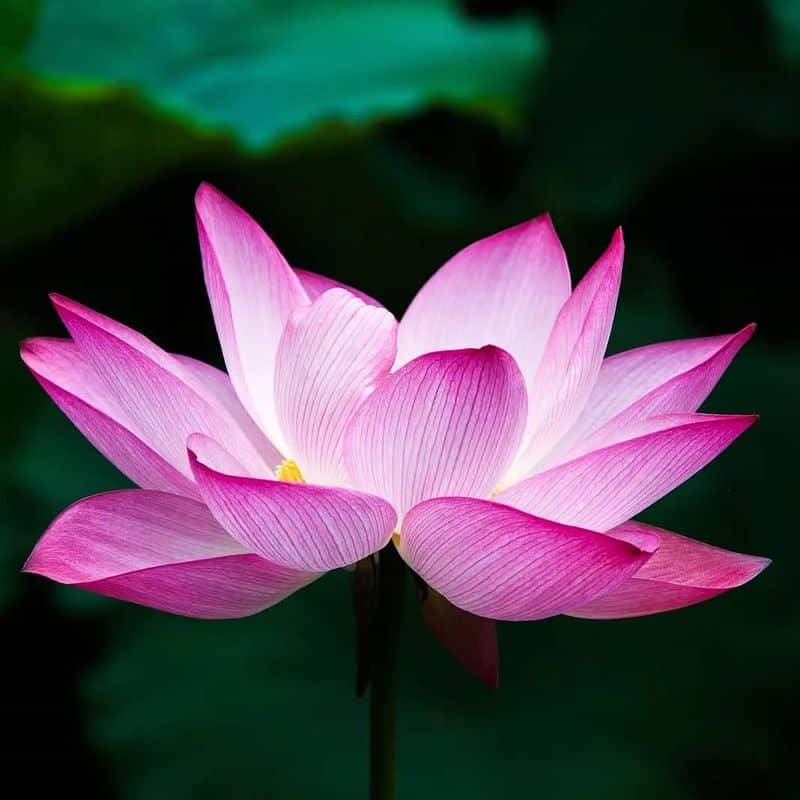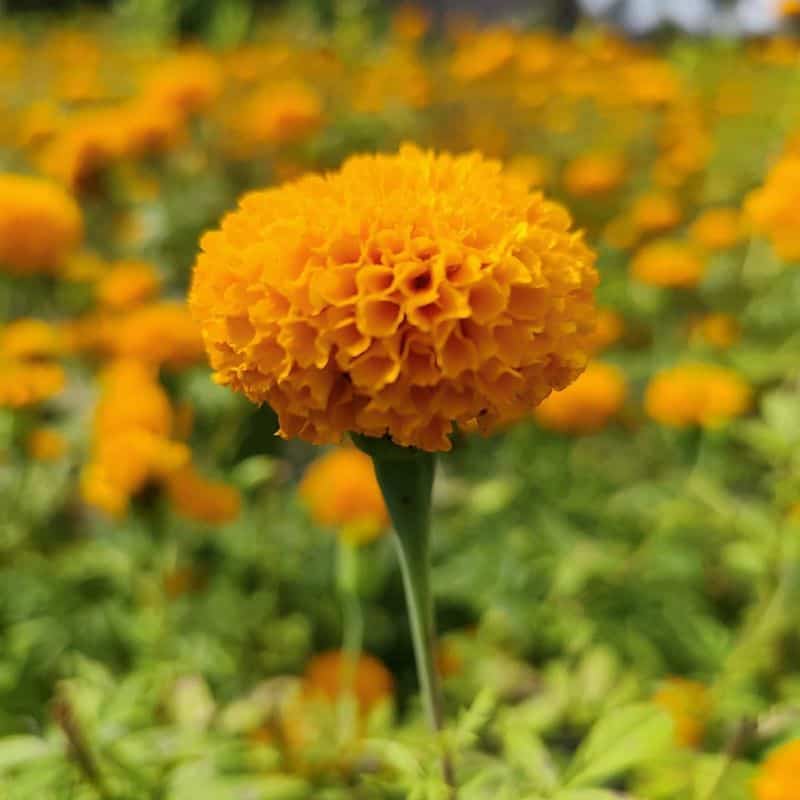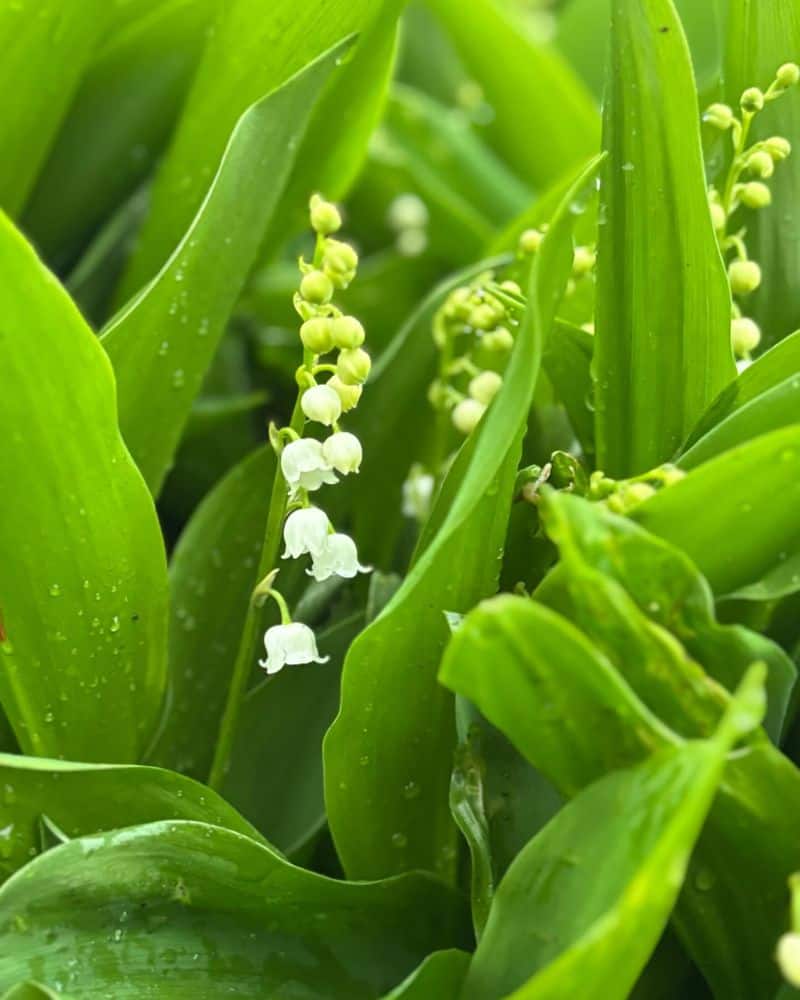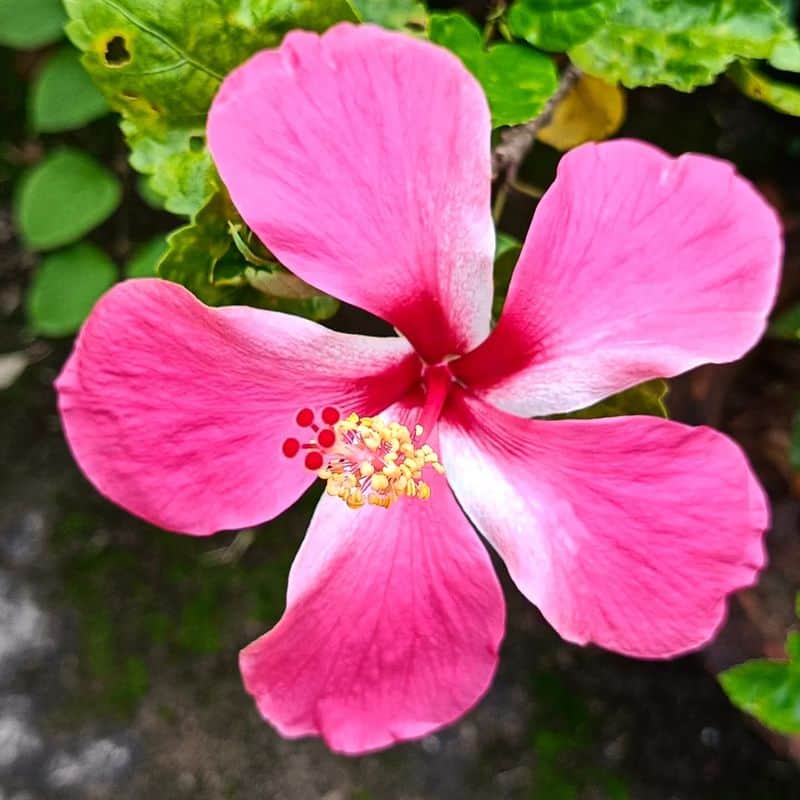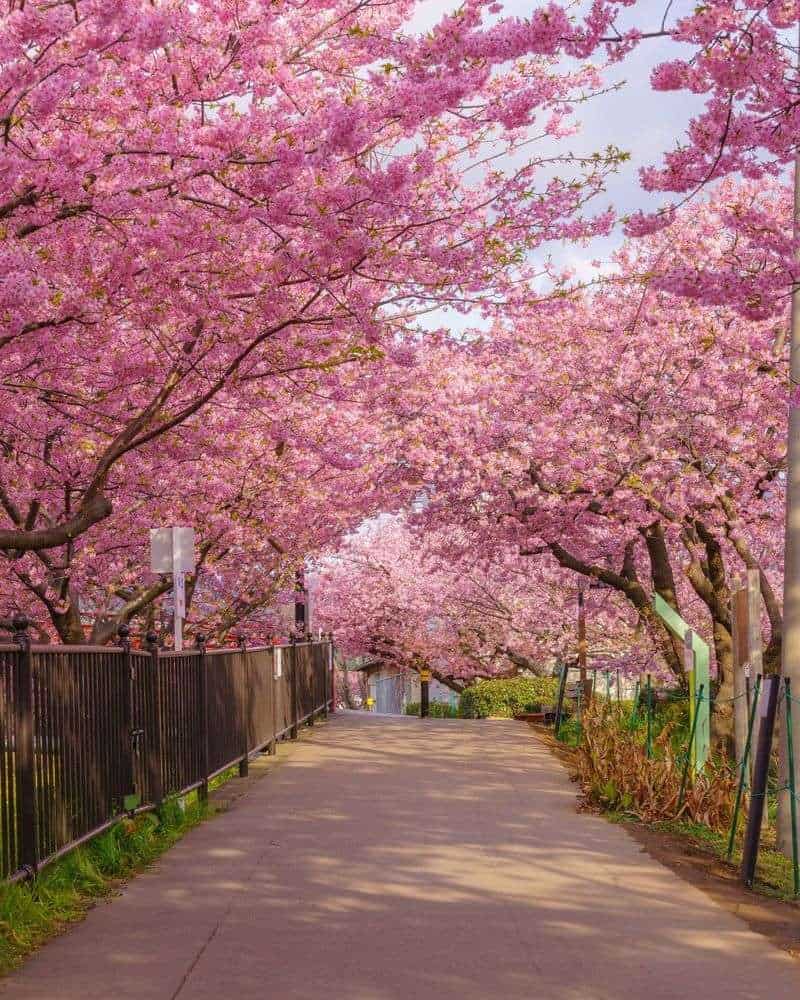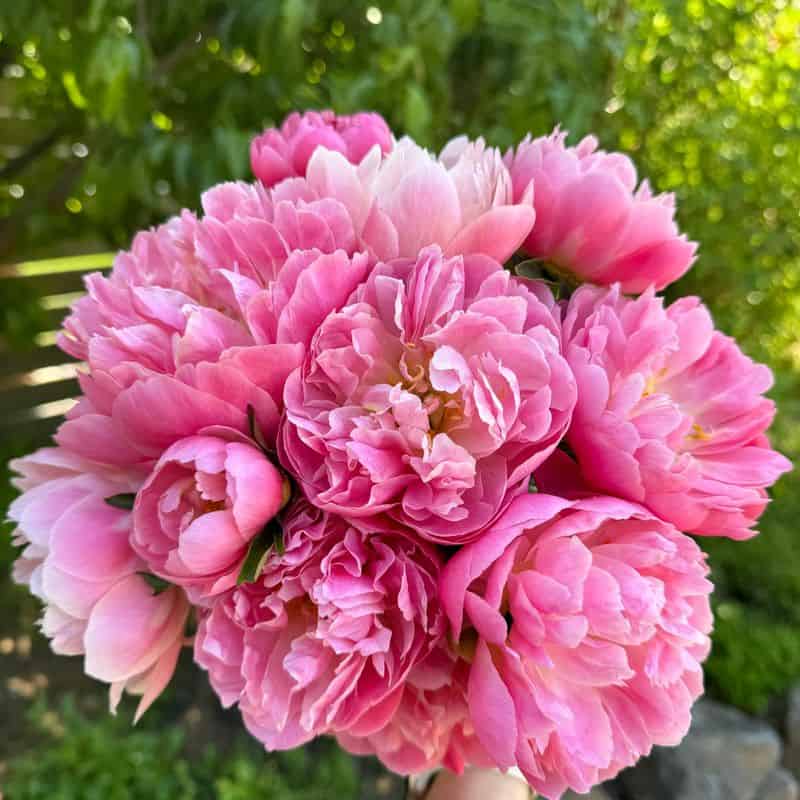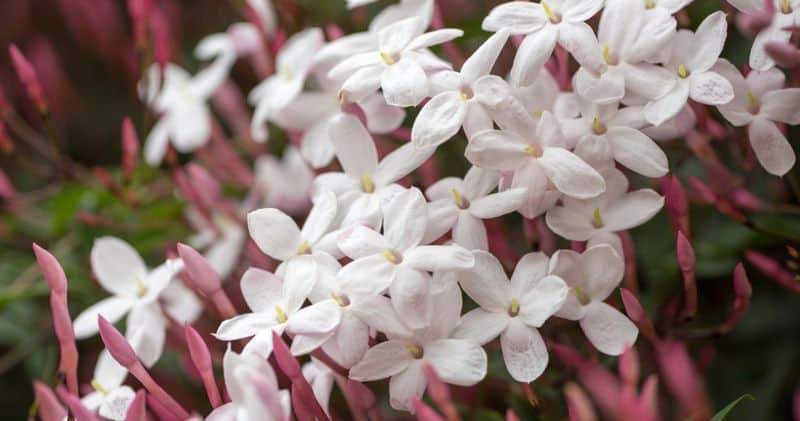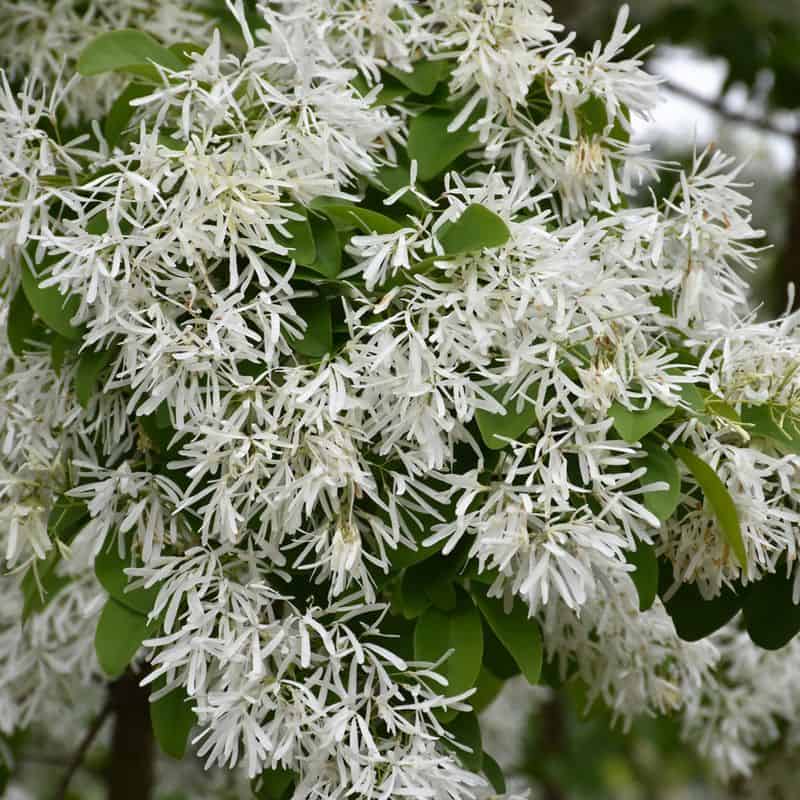Flowers aren’t just pretty faces in the garden—many have deep spiritual meanings that go way back in history.
People all over the world have used special blooms in their religious ceremonies, believing they connect humans with the divine.
Some flowers are so important they’ve become sacred symbols in different faiths and cultures, carrying messages from the gods or representing important spiritual ideas.
1. Tulsi (Holy Basil): The Goddess in Green
Imagine a plant so holy that people in India actually marry it! Tulsi isn’t just herb goals—it’s literally considered a goddess in leafy form. Hindu households often keep a special pot of tulsi in their courtyards, treating it with the same respect you’d give to a divine house guest.
This aromatic plant is believed to purify the surrounding atmosphere and chase away evil spirits faster than garlic repels vampires. Devotees believe that even glancing at tulsi can cleanse sins and bring good karma.
Chewing on tulsi leaves before death is thought to grant a first-class ticket to heaven. No wonder it’s called the Queen of Herbs—it’s basically spiritual royalty with healing powers!
2. Rose: The Bleeding Heart of Spirituality
Roses aren’t just for Valentine’s Day romance—they’ve been spirituality superstars since ancient times! In Christian tradition, red roses symbolize Christ’s blood, while white ones represent the Virgin Mary’s purity. Talk about a flower with range!
Sufis (mystical Islamic folks) see the rose as divine love’s perfect symbol. Its thorns remind us that spiritual growth comes with some ouch-moments along the way. The phrase ‘sub rosa’ (under the rose) means keeping secrets, because ancient Romans hung roses above meeting tables when discussing hush-hush topics.
Medieval Christians believed roses originally had no thorns in the Garden of Eden, only growing prickly after humans messed up paradise. Way to blame the flower for our mistakes!
3. Lotus: The Mud-to-Magnificence Miracle
Ever seen something beautiful come out of total muck? That’s the lotus flower for you! Growing from muddy waters yet remaining perfectly clean, this flower is Buddhism’s ultimate ‘started from the bottom’ success story.
The lotus represents enlightenment because, like your brain after finally understanding math homework, it rises above the murky confusion into clarity. Ancient Egyptians thought it was so special they believed the sun god Ra was born from a giant lotus.
Fun fact: Lotus flowers can control their temperature like warm-blooded animals—talk about flower power! They’re basically the superhero of the plant world, turning mud into magic while staying spotlessly pure.
4. Marigold: The Party Flower for the Afterlife
Marigolds are basically the confetti of the spirit world! With their bright orange and yellow blooms that look like tiny suns, these flowers are VIP guests at celebrations for both the living and dead. In Mexico’s Day of the Dead festivities, marigolds create paths of petals to guide ancestors back for their annual family reunion.
Hindu worshippers string them into garlands to decorate temples and statues, believing their vibrant color attracts deities like cosmic Instagram filters. The name ‘marigold’ actually comes from ‘Mary’s gold,’ honoring the Virgin Mary.
Ancient Aztecs thought marigolds contained the sun’s power and used them for healing. These flowers are so important in India that markets sell literal TONS of them during festival season!
5. Lily of the Valley: Tiny Bells of Paradise
These adorable bell-shaped blooms might look innocent, but they pack a double punch of symbolism and poison! Christian legend claims Lily of the Valley sprang from Mary’s tears at Jesus’s crucifixion—talk about flower origin stories with drama.
Despite being toxic enough to stop your heart if eaten, these flowers represent sweetness, humility, and the return of happiness. The contradiction is part of their spiritual charm! In many European countries, giving these flowers on May Day brings good luck for the coming year.
French people call them ‘muguet’ and have a tradition of giving them as May Day gifts. Even Christian Dior was obsessed, making them his fashion house’s lucky charm and signature scent ingredient. Small but mighty in both symbolism and toxicity!
6. Hibiscus: The Goddess’s Fiery Favorite
If flowers were superheroes, hibiscus would be the flashy one with the dramatic entrance! With its bold red petals and protruding stamen, this flower doesn’t just grow—it announces itself. In Hinduism, it’s the favorite flower of Kali, the fierce goddess who destroys evil while looking fabulous doing it.
Hawaiian culture considers the hibiscus so important they made it their state flower. Women traditionally wear it behind their ear—left side means ‘taken,’ right side means ‘available.’ Ancient Egyptians used hibiscus tea for pharaohs’ refreshment and to lower body temperature.
The flower opens in the morning and dies by evening, symbolizing the beautiful but brief nature of life. It’s basically nature’s way of saying ‘live in the moment’ with extra dramatic flair!
7. Cherry Blossom: The Fleeting Beauty Philosophers
Cherry blossoms are basically nature’s philosophy teachers! These delicate pink blooms explode into gorgeous clouds each spring, stick around for about a week, then dramatically fall to the ground in swirling pink snowstorms. Japanese Buddhists see this brief spectacle as the perfect illustration of life’s beautiful impermanence.
The tradition of hanami (flower viewing) in Japan isn’t just a pretty Instagram opportunity—it’s a centuries-old spiritual practice of contemplating mortality while partying under pink trees. Samurai warriors particularly identified with cherry blossoms, seeing their quick, beautiful fall as the ideal metaphor for a noble death in battle.
Ancient Japanese believed the trees contained gods called ‘kami.’ Today, people still celebrate with cherry blossom festivals that transform from spiritual contemplation to sake-fueled picnics!
8. Peony: The Flower That Thinks It’s Royalty
Peonies don’t just bloom—they make an entrance! With their massive, ruffled heads that look like they’re wearing fancy ball gowns, these flowers have been Chinese royalty’s favorite for over 1,500 years. They’re nicknamed ‘the king of flowers,’ and honestly, they totally act like it.
Ancient Chinese emperors grew peonies in imperial gardens, believing they brought fortune and honored feminine beauty. Buddhist temples plant them as symbols of wealth, honor, and high social status. Legend says they were once nymphs so beautiful that a jealous goddess transformed them into flowers.
In Feng Shui, peonies attract prosperity and romantic love—they’re basically spiritual matchmakers and money magnets! Their seeds were once believed to glow in the dark, guiding travelers at night like floral nightlights.
9. Jasmine: The Scented Spiritual Seducer
Jasmine doesn’t just smell amazing—it’s spiritually seductive! These small white flowers pack such a powerful fragrance that they’ve been used in religious ceremonies across Asia to attract gods’ attention. It’s like spiritual perfume that makes deities say, ‘Ooh, what’s that lovely scent?’
In Hindu traditions, jasmine represents divine hope, and women weave it into their hair for both beauty and blessings. The name comes from Persian ‘yasmin’ meaning ‘gift from God,’ which is pretty spot-on considering its heavenly aroma. Buddhist meditation gardens plant jasmine to create peaceful environments that calm the mind.
Thai people consider jasmine the flower of motherhood, using it to wash Buddha statues during April’s New Year celebrations. Its night-blooming varieties symbolize the moon’s mysterious power and secret spiritual knowledge.
10. Olive Blossom: The Original Peace Emoji
Before peace signs and dove emojis, there was the olive branch! These tiny white blossoms might not look impressive, but they’ve been spiritual superstars since Noah’s ark days. Remember that biblical dove returning with an olive branch? That was basically ancient breaking news that the flood was over!
Ancient Greeks considered olive trees sacred to Athena and awarded Olympic winners olive wreaths instead of gold medals. The trees live for centuries—some in Mediterranean regions are over 2,000 years old and still producing fruit, making them living connections to ancient spiritual practices.
In Christianity, olive oil from these blossoms is used for anointing in baptisms and healing rituals. Jewish traditions use olive oil in Hanukkah menorahs, symbolizing miracles and divine light that outlasts expectations—just like these remarkably resilient trees!

